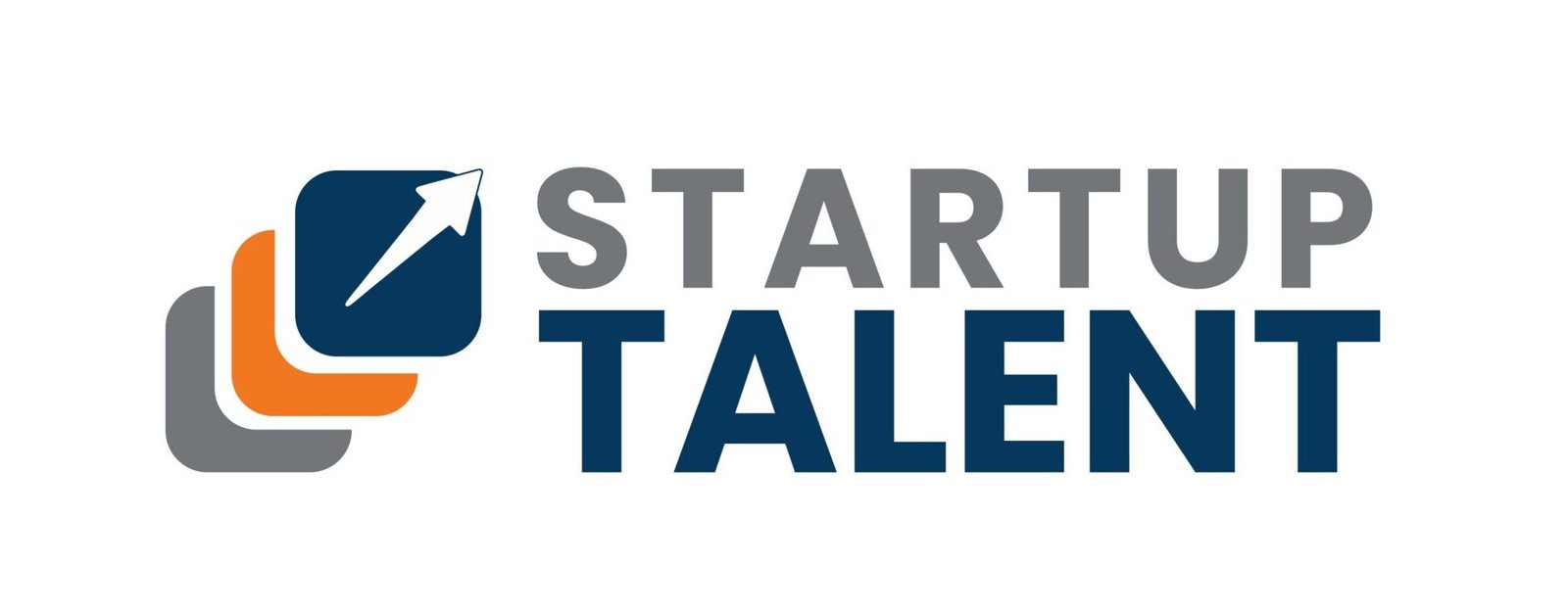In business, diversity and innovation are not just buzzwords but the backbone of a vibrant and successful company. Various studies and research reports have shown that companies that prioritize diversity and inclusion not only foster a healthier workplace culture but also see a significant positive impact on their innovation and bottom line.
The logic is simple yet profound: diverse teams bring a wide array of perspectives, experiences, and skills to the table, which in turn fosters creativity and drives innovation.
This blog delves into the concept of diverse hiring, its benefits, and how businesses can effectively implement inclusive hiring practices to harness the power of diversity.
Diverse Hiring: Meaning & Perspective
Diverse hiring is the practice of recruiting employees from a variety of backgrounds, including but not limited to different races, genders, ages, religions, nationalities, and sexual orientations, as well as people with disabilities.
The goal is to create an inclusive workplace where different perspectives are not only welcomed but are seen as essential to the company’s success.
Inclusive Hiring doesn’t mean quotas or meeting legal requirements. It’s about intentionally seeking out candidates who can bring different viewpoints and experiences to your company.
This approach broadens the scope of where and how organizations look for candidates.
When teams are diverse, companies are better equipped to understand and meet the needs of their equally diverse clientele, thereby enhancing customer satisfaction, and access to new markets.
Moreover, an inclusive work environment encourages employees to express their authentic selves, leading to higher job satisfaction and retention rates.
The different problem-solving approaches that naturally emerge from diverse teams also propel innovation, making the company more competitive and adaptable to changing market needs.
Transforming your hiring practices to become more inclusive and diverse isn’t something that happens overnight.
It requires a strategic approach, commitment from leadership, and a willingness to sometimes challenge the status quo.
Here are some steps your company can take toward diverse hiring:
Rethink Job Descriptions
One of the first points of contact between your company and potential candidates is the job description. Use language that is inclusive and welcoming to all, avoiding industry jargon that might deter qualified candidates from different backgrounds. Highlight your company’s commitment to diversity and inclusion right at the beginning to attract like-minded individuals.
Utilize Diversity Recruiting Sites
Diverse hiring benefits greatly from utilizing diversity recruiting sites. These platforms are designed to connect employers with candidates from historically underrepresented groups. By leveraging these sites, companies can tap into a wider talent pool and demonstrate their commitment to building a diverse workplace. Some popular Diversity Recruiting Sites include Diversity Jobs, Job well, and Hire Autism, among others.
Train Your Hiring Team
To minimize unconscious bias in the hiring process, it’s crucial to provide comprehensive training for your recruitment team. This includes awareness of different types of biases, how they can influence decision-making, and strategies to mitigate them. Incorporating structured interviews and standardized evaluation criteria can also help ensure a fair assessment of all candidates.
Promote Internally and Externally Your Commitment to Diversity
Your efforts towards diverse hiring should be communicated both within the company and to the outside world. Utilize your company website, social media platforms, and marketing materials to showcase your dedication to inclusion. Make it clear that diversity is not just about hiring but is woven into the fabric of your company’s culture.
Foster Partnerships
Building relationships with organizations dedicated to advancing workforce diversity can significantly aid your hiring efforts. Whether it’s through internships, mentorship programs, or participation in job fairs, these partnerships can provide a direct line to talented individuals looking for inclusive workplaces.
Evaluation and Continuous Improvement
Finally, keep track of your diverse hiring efforts and evaluate their effectiveness regularly. This might include reviewing the diversity of your applicant pool, hiring rates of underrepresented groups, and retention rates. Use this data to refine your strategies and practices continually.
In Conclusion
Diverse hiring is not merely a trend but a strategic move that can set your company up for long-term success. By embracing inclusive hiring practices, businesses not only contribute to social equity but also uncap the wellspring of innovation that diverse perspectives bring.
It’s a journey that requires dedication, patience, and a willingness to learn and adapt. But the payoff—a more creative, dynamic, and resilient organization—is well worth the effort. In a world that’s becoming increasingly connected and diverse, the startups that recognize and leverage the strength of a diverse workforce will be the ones leading the pack. For more information, visit Startup Talent Pro today!






